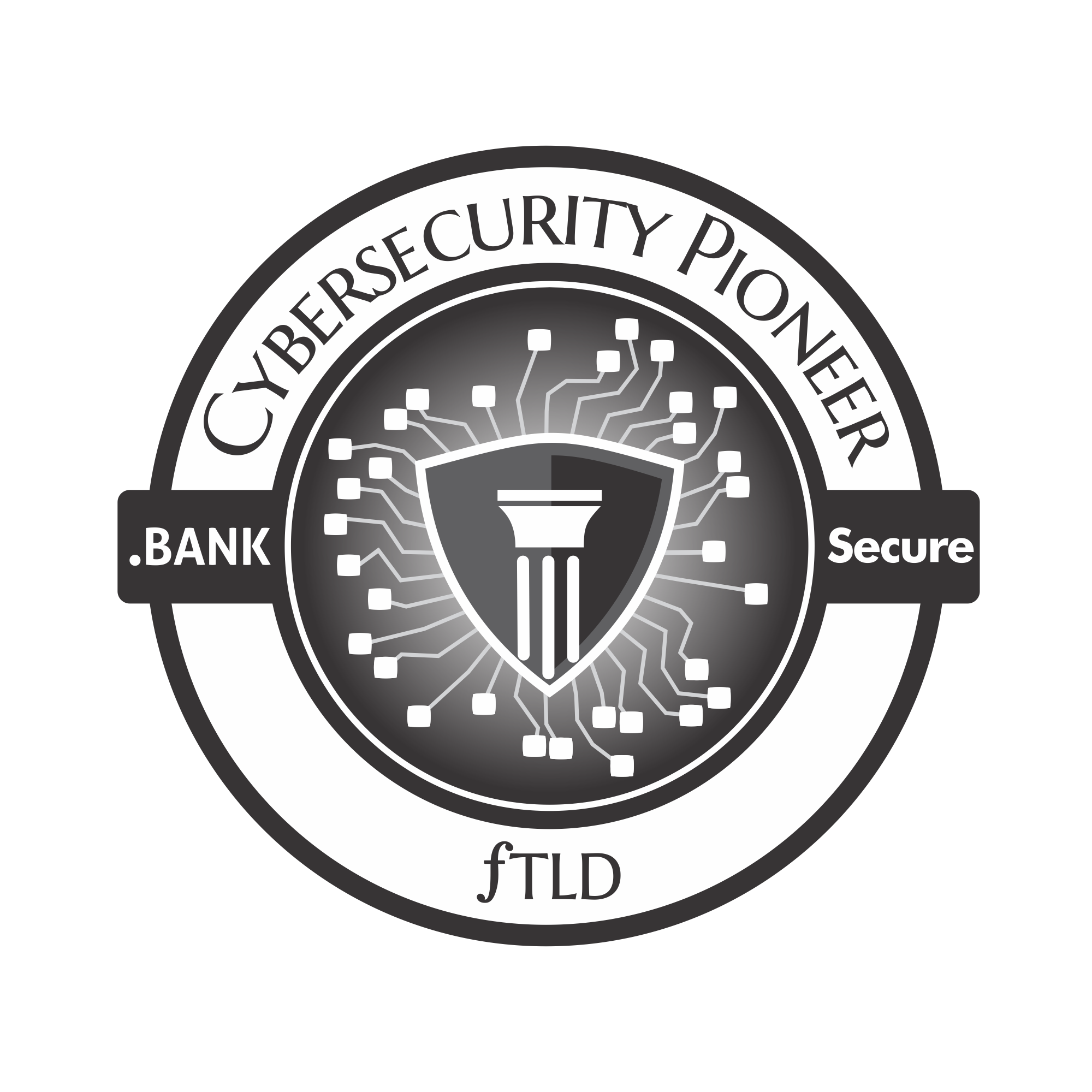What is a .bank URL?
Have you noticed our web address is u.BANK and not ubank.com?
There's a reason for that! Not only is the .BANK domain perfect for our business, but it's significantly more secure than .COM domains.
The .BANK domain is recognized as the global platform for growth and innovation in the financial services industry. Since its launch in 2015, thousands of banks have registered .BANK domains and are now using them. Created and managed by banking and security experts, this trusted home on the internet serves as a solid foundation for banks to securely and effectively communicate with customers, stakeholders and regulators.
.BANK Security
.BANK domains are more secure because hackers can’t get a .BANK domain to create lookalike domains for phishing and spoofing, as they can in ‘.com’ and other publicly available domains. In addition, .BANK domains include encryption measures and authentication emails so customers can more easily discern if a message truly came from the bank. Acquiring a .BANK domain ensures a trusted, verified and more secure location for your bank’s online banking services. All .BANK domains are required to meet robust security technologies and practices, and only verified members of the banking industry can register a .BANK domain.
The big idea behind dot-bank is to help prevent cybercriminal attacks.
One persistent scam involves criminals sending you emails with links that catapult you into a fake bank website that looks a lot like the real one, especially when you’re in a hurry. So, you give criminals your personal bank data without even realizing you’ve been conned.
“It’s so lucrative for the bad guys that they are not going to stop,” says Shirley Inscoe, a senior analyst at Aite Group, a research and advisory firm.
.BANK Certification
Getting a .BANK domain isn't as easy as it sounds! There's actually a process for getting certified and approved by the fTDL to hold a .BANK domain. .BANK domains signify that a company has been verified and is committed to implementing the additional and mandatory security requirements that go beyond existing standards. Only verified banks are allowed to use the .BANK domain. Therefore, when you see a domain which ends in .BANK, you can be assured that you are dealing with a legitimate, verified financial institution.
The fTLD Registry Services, the coalition operating the dot-bank extension, bills the domain as an “online stamp of trust.”
That is because the dot-bank extension is exclusive. Unlike a dot-com, only banks and others like select bank tech vendors can get the extension for their URLs and their emails. Not only is there a vetting process for applicants, but banks with dot-bank extensions must also comply with registry policies on an ongoing basis, like implementing email authentication.
Drew Schiff, director of engagement services of fTLD Registry Services, describes dot-bank as a “quick visual cue” to trust that the source is a bank. Think of it as akin to a blue badge on Twitter that lets you know the account is verified or like a dot-gov extension that represents a government entity.








